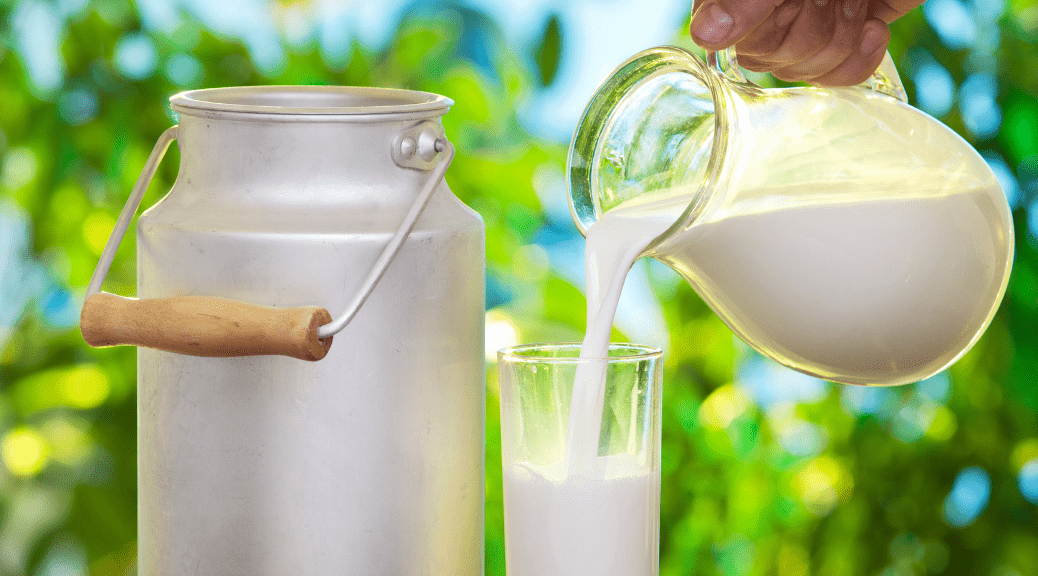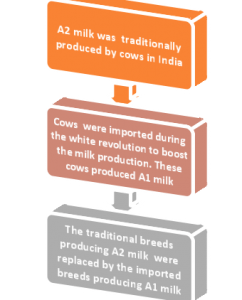Coffee, the world's most popular beverage, is enjoyed for its rich flavour and invigorating energy boost. But beyond the satisfying cup lies a journey from bean to brew. As a discerning coffee drinker, understanding how to select the right beans at the market,...

Parabens or Preservatives: in your food and makeup
Parabens or Preservatives: in your food and makeup
What are Parabens?
Parabens are a group of compounds widely used as preservatives in pharmaceuticals, food products, and cosmetic and personal-hygiene products.
What are the types of Parabens?
Some parabens occur naturally in nature. Methylparaben is a pheromone (hormone) secreted by some insects. Parabens such as propylparaben and butylparaben are naturally found in some plants and insects. All commercially used parabens are synthetically produced, although some are identical to those found in nature.
Why are Parabens used?
The salts of the parabens have bactericidal and fungicidal properties. They are used extensively because when they are added to a product, they prevent its decomposition. An additional factor is their resistance to the high temperatures used in food processing. Apart from being efficacious preservatives, they are cost-effective too. Naturally occurring preservatives are inefficacious compared to parabens. While numerous preservatives are commercially available, the ideal preservative is inexpensive, has a long shelf life with broad antimicrobial coverage, is compatible with other chemicals, and is not irritating or toxic. Parabens meet many of these expectations and, therefore, have become one of the most commonly used preservatives in cosmetic preparations and topical therapeutics.
Which Products contain Parabens?
Everyday Things Where Parabens Can Be Found:
- Cosmetics: Moisturisers, lipsticks, lip balms, foundations, concealers, eye makeup, makeup removers, etc.
- Hygiene products: Shampoos, conditioners, hair dyes, soaps, toothpastes, topical ointments, deodorants and anti-perspirants, shaving gels, sunscreens, etc.
- Food products: Salad dressing, mayonnaise, mustard, processed vegetables, frozen dairy products, soft drinks, baked goods, jellies, pickles, jams, etc.
- Pharmaceuticals: Topical medications, ointments, etc. Parabens are commonly used as a preservative in parenteral pharmaceuticals – that is, pharmaceuticals that are injected intravenously or intramuscularly in the human system.
Where and what to look for if a cosmetic or food product has Parabens?
On a cosmetic pack: Parabens are quoted on the label as:
- Methylparaben
- Butylparaben
- Propylparaben
- Ethylparaben
- Benzylparaben
- Isobutylparaben
On a food pack Parabens in food packs are quoted as E numbers. They are mentioned in the ingredients list. Parabens commonly used as food additives are:
- Methylparaben (E218)
- Heptylparaben (E209)
What is Paraben Sensitivity?
People can be allergic to paraben. They can experience an allergic reaction when they –
- Apply a cosmetic product containing paraben on their skin
- Apply topical drugs containing paraben on damaged or broken skin
- Ingest food products that have paraben
- Consume medicines containing paraben
It is important to do a sensitivity test before you start using any cosmetic product. The test is simple. Apply the new cosmetic to a small skin patch and then observe any changes in the skin. The observation time may range between 24 and 48 hours. If no change in the skin patch is observed, you can start using the cosmetic.
What are the ill effects of Parabens on our health?
- Parabens cause endocrine disruptions
Studies suggest that prolonged exposure to parabens can lead to endocrine disruptions. Parabens can mimic the ‘oestrogen’ hormone and therefore can cause an imbalance in the body’s hormonal system. In infants and children, paraben exposure can lead to development disorders, immune-system disorders, learning problems and reproductive disorders. They can even induce early onset of puberty in children. It is important that paraben exposure is kept in check.
- Parabens cause cancer
Some studies indicate that paraben exposure can cause cancer but it is disputed by most researchers, according to whom cosmetics and food items do not contain the amount of parabens that can lead to cancer. For paraben, like any other additive or preservative, they have set a limit that is safe for human exposure. The US Food and Drug Administration (FDA) has stated that there is no reason for consumers to be concerned about the use of cosmetics containing parabens. The FDA has also classified methyl and propylparaben as ‘generally regarded as safe’ by medical and toxicological experts for use in preserving food. In a study, a high amount of methylparaben was found in the cancer tissues of patients who had breast cancer, but the researchers failed to prove that methylparaben caused these tumours.
- Premature ageing a result of Parabens
Studies suggest that methylparaben increases sensitivity to sunrays and thus increases the damage caused by them. One must carefully check this ingredient while buying a cosmetic product.
What are the effects of Parabens on the environment?
Parabens are used extensively in cosmetics. Thus, they are often washed away in the water drains. They accumulate in the waste water and undergo waste-water treatment. Nevertheless, many studies have reported high levels of parabens in the treated water. The discarded parabens are also known to play a significant role in formation of chlorinated parabens that are difficult to be treated. Accumulation of these products in the environment leads to increase in paraben concentration. This can enhance the occurrence of health disorders associated with parabens.
What do the products that claim ‘Paraben free’ use instead?
Although the jury is out on the connection between parabens and human health, there is a growing band of products claiming to be parabensfree. Apparently, products that claim to be parabens-free use alternative preservatives such as phenoxyethanol, sodium benzoate, potassium sorbate, neolone, optiphen plus, hydantoin, glycacil, natrulon and benzethonium chloride.
What are the Indian Regulations related to Parabens?
As per the compendium on Food Safety and Standards (Food Products Standards and Food Additives) Regulations, 2011, the following parabens and derivatives are permitted to be added in food products as food additives:
- Sodium propyl p-hydroxybenzoate: It is the sodium salt of propylparaben and is also identified as E217.
- Sodium ethyl p-hydroxybenzoate: It is the sodium salt of ethylparaben and is also known as E215.
- Methyl p-hydroxybenzoate: It is also known as methylparaben (E218)
- Heptyl p-hydroxybenzoate: It is also known as heptylparaben (E209)
The 2016 amendment in the Drugs and Cosmetics Act, 1940, states the name of the preservative used in the drug or the cosmetic product should be mentioned on the label.



